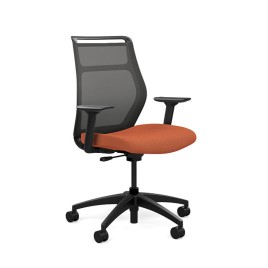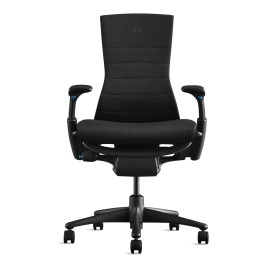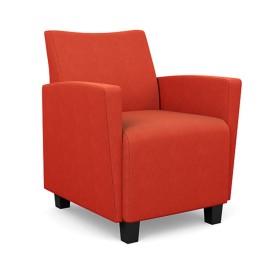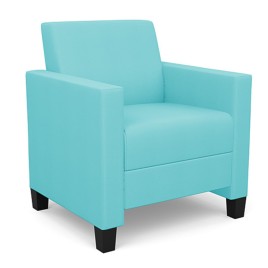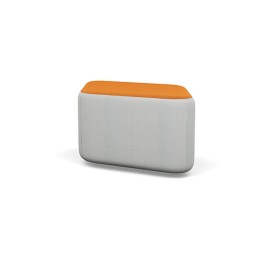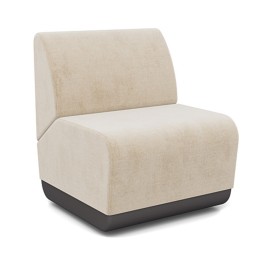 Call me
Call me
Eames compact - living room sofa, fabric - dark green, ZB325
Eames Sofa Compact

This minimalist, diminutive design by Charles and Ray Eames is perfect for a lean space. In production for more than five decades, the sofa has concealed reinforced webbing for support, an enamel steel frame, and tubular steel legs. It offers a wide selection of materials, including textiles by Alexander Girard, whose bold colors and textures were first introduced for Herman Miller in 1952.
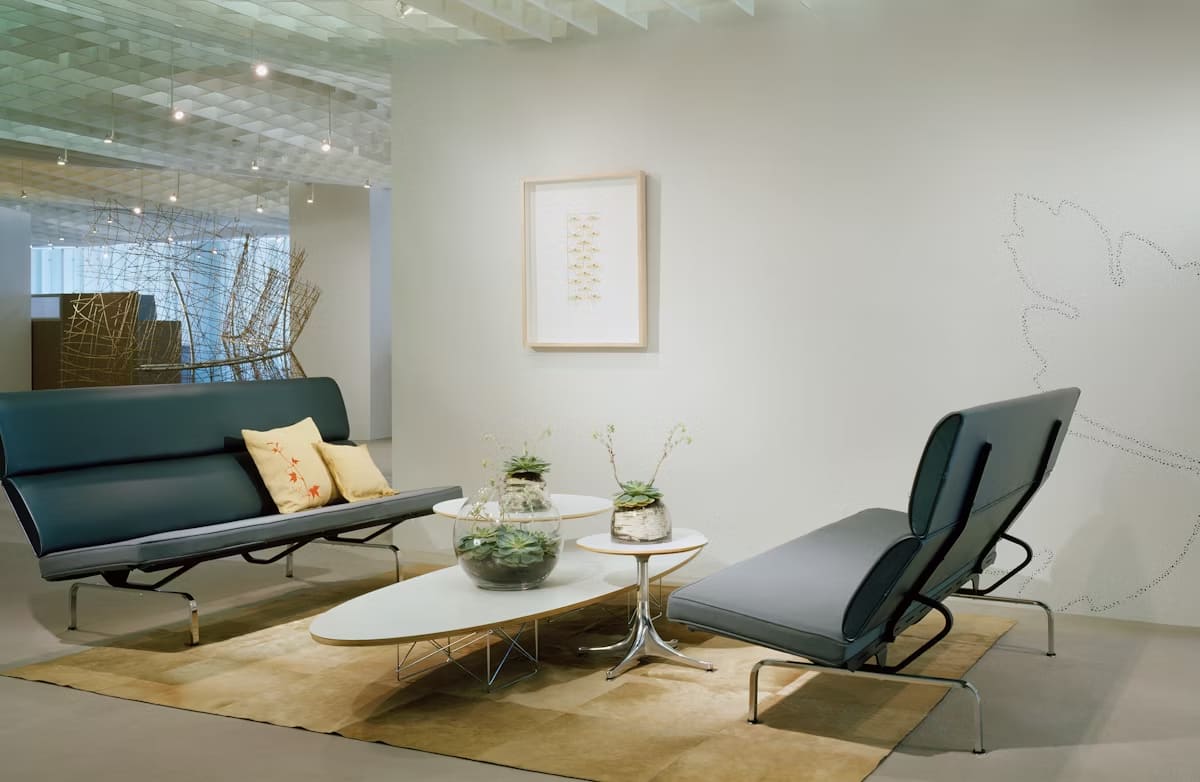
Eames Sofa Compact
Why “compact” for a sofa that’s six feet wide and seats three? The clean profile of the Eames sofa compact is perfectly scaled for spaces too small for a traditional sofa—in executive suites, lounges, and homes. But you lose none of the comfort associated with the word couch. Impact and seating space in a sleek, slender, minimalist piece of classic mid-century furniture.
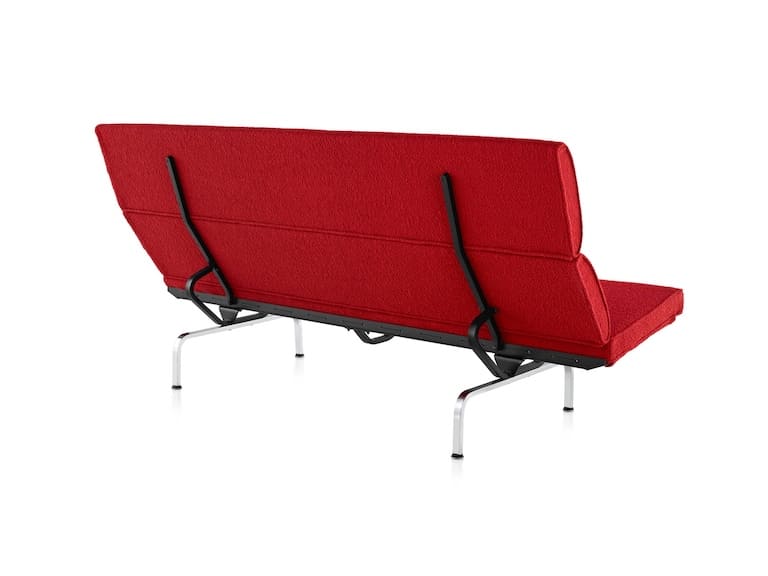
Comfort in Tight Spaces
The Eames Sofa Compact delivers generous comfort in a surprisingly sleek footprint, making it ideal for areas where traditional sofas feel too bulky or visually heavy. Despite its slim profile, it offers the plush support and relaxation you'd expect from a full-sized piece. Its smart, space-conscious design fits beautifully into compact environments — whether it’s an entry vestibule, a cozy study, a craft or sewing room, or a stylish home office. In commercial settings, it brings sophistication and functionality to executive suites, lounges, and reception areas. Perfect for small apartments or urban interiors, the Eames Sofa Compact provides ample seating while maintaining a clean, open feel in the room.
Strong and durable
The two foam pads that constitute the sofa back feature a reinforcing cord welting detail. Urethane foam seat cushions are supported by fabric-reinforced rubber webbing on a steel and wire-spring armature. The steel frame is black enamel, and the tubular steel legs are chrome plated. Stainless steel glides have rubber bases.

Design story
The Eames sofa compact started out as a built-in sofa in the Pacific Palisades home that Charles and Ray Eames designed for themselves in the 1940s. They liked the sofa so much that they developed a freestanding version—first in wire, then the current model, which has been in continuous production since 1954.

The design, which looks nothing like the big, plush traditional sofa, is crisp and light scaled. And while it’s perfect for smaller rooms and smaller spaces—in which a traditional sofa would look bulky and out of place—it also lives beautifully in larger rooms in which an airy, modern look is desired.
Materials
The Eames Sofa Compact is thoughtfully engineered with a welded steel frame and high-resiliency foam cushions that offer both firm support and lasting comfort. Its tight upholstery, tailored with clean lines and minimal seams, emphasizes the sleek modernist silhouette. The sofa is available in a range of premium textiles—including Maharam fabrics—that enhance its refined, architectural look. Compact in scale yet rich in detail, each piece is built to combine durable construction with a timeless, visually lightweight design.
Sofa characteristics:
Code: 473ZB325
Model: Eames compact - living room sofa, fabric - dark green, ZB325
Upholstery: Dark Green (Appalachian)






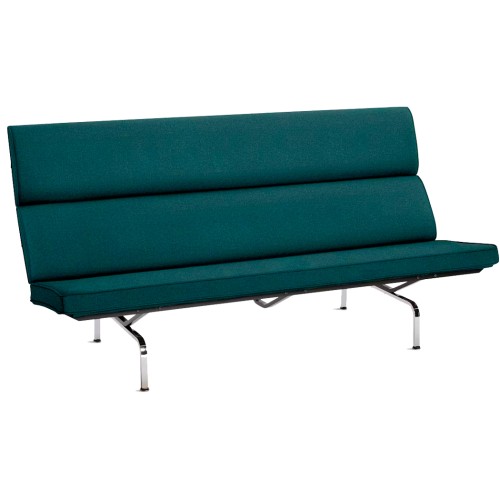



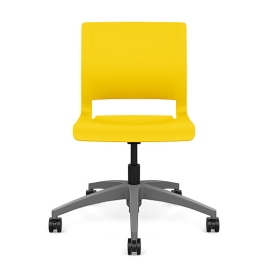
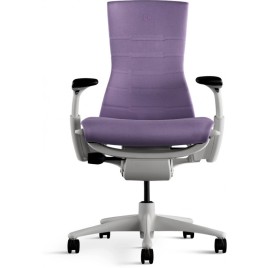
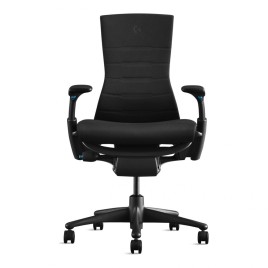


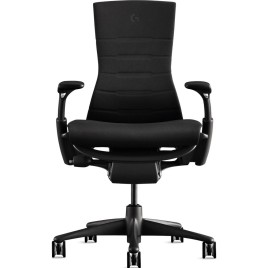

-268x268.jpg)
-268x268.jpg)
-268x268.jpg)
-268x268.jpg)
